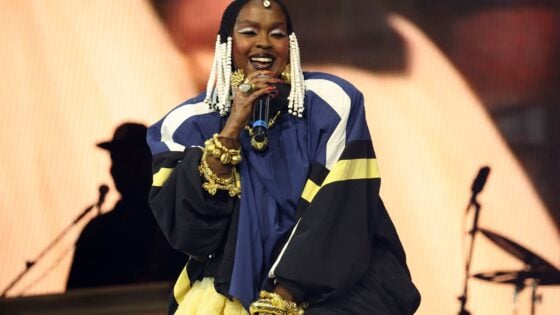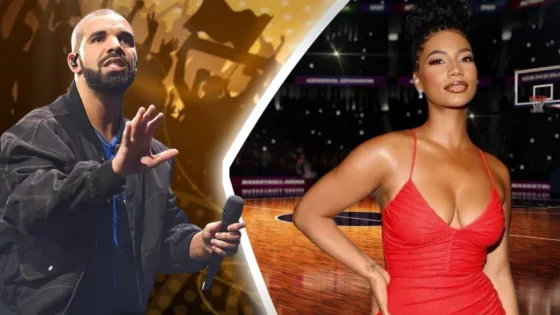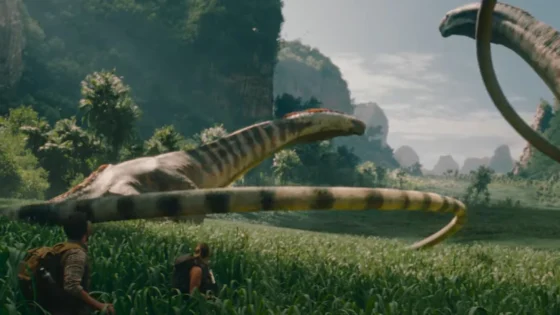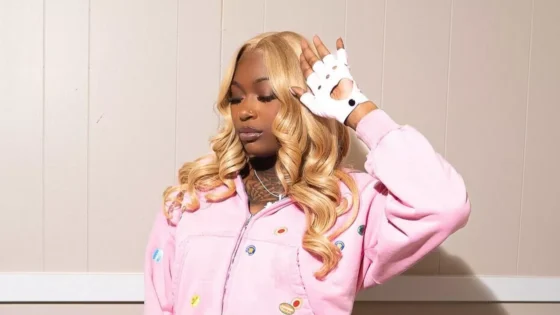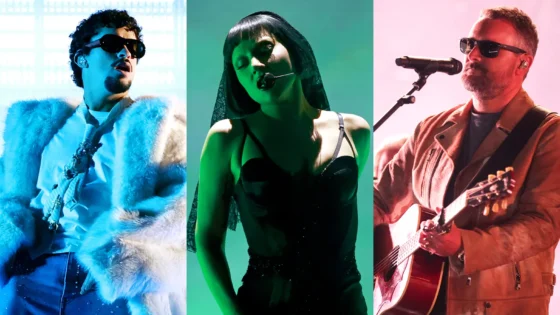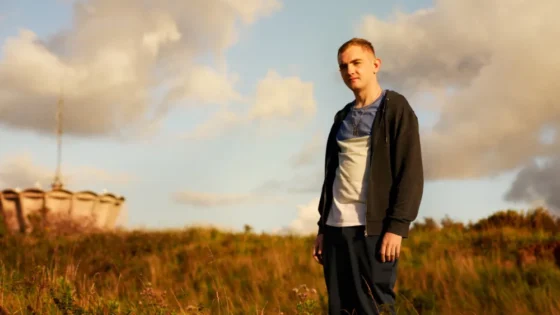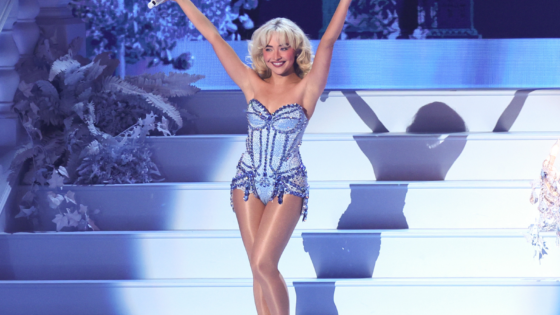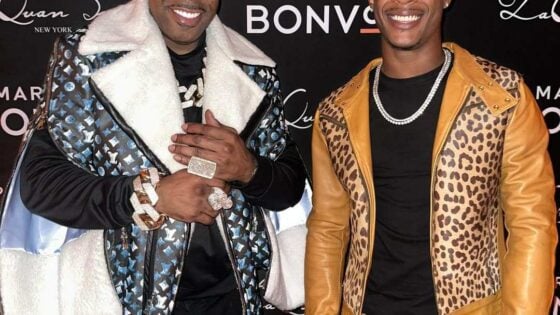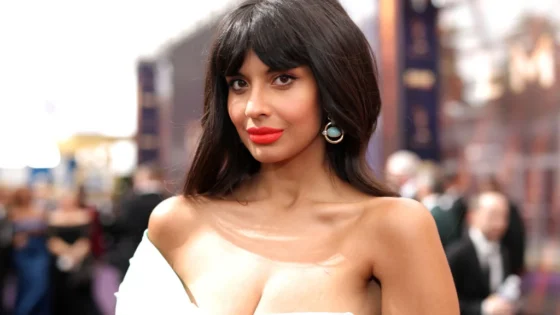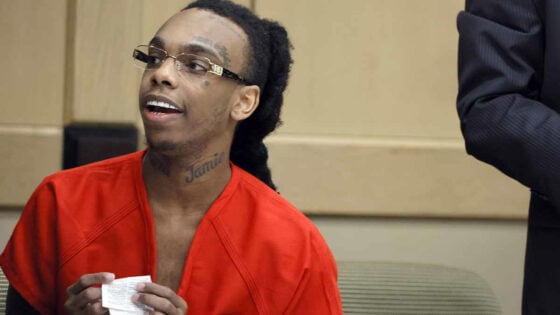An Unlikely Film Adaptation: “A Minecraft Movie”
The initiation of Jared Hess in the new film A Minecraft Movie was for sure a surprising and strange affair. Taking into account that the movie is based on Minecraft game – a top-selling video game of all time, it was really a mammoth task. The game world is a virtually infinite open-world sandbox as the players have the freedom to mine, craft, and explore at their own pace. There are no set quests, levels, or overarching storylines to follow. Consequently, it seemed that the process of transforming Minecraft into a movie was almost a lost cause.

Since there was no clear story or traditional plot structure to rely on, the entire concept of such a radical and open gaming experience, to be the source of a film, was faced with both skepticism and ridicule, especially on the web, weeks ahead of the premiere. The lingering question was: How could such a completely open-ended game be the subject of a successful motion picture storyline? In response to the lack of a clear narrative, Hess chose an unconventional approach: he decided to inject real people into the Minecraft universe and turned the film into a slapstick comedy.
This decision was likely influenced by the idea that, if the game itself doesn’t have a strict storyline, the movie could lean heavily into absurdity and humor, relying on the characters’ interactions with the world rather than a deep plot. This approach paid off unexpectedly well. Despite the initial doubts surrounding the film’s concept, A Minecraft Movie managed to generate $163 million in its opening weekend. The comedic tone resonated with audiences, and it became evident that Hess’ lighthearted take on the film was a clever solution to an otherwise impossible task.
A New Look for an Iconic World
While the film’s narrative direction was unconventional, the visual style of A Minecraft Movie is also a departure from the iconic aesthetic of the original game. The original Minecraft game, with its intentionally low-fi design, featured characters made of blocky, pixelated shapes, as well as a world constructed entirely from cubes. It was a minimalist, retro-style world that often resembled a 3D version of an 8-bit NES game. The challenge in adapting this unique look for a film was significant, and the filmmakers chose to preserve the cubic, blocky nature of the Minecraft universe, but with a more modern, textured look. In the film, the Overworld remains distinctly blocky, but the textures are much more realistic, making the setting feel both familiar and alien at the same time.
The perspective of the Minecraft movie, considering both the human and animal characters, is another splendid example of how a hybrid style has been achieved by the creators. The Overworld residents keep their huge blocky heads, a visual feature that ties them to the original game, but they are also given human-like aspects such as skin, teeth, lips, and eyeballs. The combination of the unrealistic with the biological not only helps to create a very strange but adds visually attractive experience. The animals of the Overworld are also square in shape, hence, the symmetrical blocky aesthetics are retained, but the visuals make them come off as disturbingly alive. This juxtaposition of the blocky world and more realistic textures highlights the film’s attempt to straddle the line between the game’s original charm and the need for a more immersive, cinematic experience.
A Glimpse Into an Earlier Version of the Film
Unbelievably, a Minecraft Movie was not always of this type. In 2015, when the film was in its early stages of development, the work was going the other way. Rob McElhenney at that time was leading the charge and Steve Carell was given a lead role. The main vision of the movie at that time was to reach a wider audience that consisted of the supporters of the Minecraft game. Here, the visuals made an effort to retain the familiar features of the game by softening the blocky look but not removing it altogether.
Artwork, which is now public, based on this version of a film was released after many years, and it shows the new direction the project might have taken if another path had been chosen. These concept design visuals are a more refined and realistic world, less blocky, with bolder lines and intricate textures, and still with angular shapes but not as many as before. The leaked concept art from the 2015 version of the film has generated significant interest. Shared on Twitter (now X) by the @MCMovieUpdates account, these images offered fans a tantalizing view of a Minecraft world that was slightly less rigid in its design.
While the art still maintained the iconic square shapes and angular forms of the game, the characters and environments were rendered in a more detailed and lifelike way. Some fans have commented on how cool the designs look, imagining a version of the movie that might have leaned more into a realistic interpretation of the Minecraft universe. While these early ideas never materialized in the final product, they provide a fascinating “what if” scenario that fuels ongoing conversation about the film’s artistic evolution.
A Darker Take on Endermen
In the initial plans for A Minecraft Movie, a very dramatic change was the visual representation of the Endermen. The video game baddies, that are generally tall, lanky, and having the substantial appearance of blocks in the original Minecraft game, were given more human-like features in some of the 2015 concept arts. Endermen are frightful and move robotically; they are totally black with no other color and something unique with respect to their eyes – purple, glimmering always. However, in the initial design, credited to artist Will Groebe, the Endermen began to take on a more unsettling, human shape. Their forms were taller and thinner, but with a more realistic structure, almost like the infamous Slender Man from internet lore.
This version of the Enderman had long, stretched-out human-like arms and hands, which gave the creature a much more sinister, physical presence. Unlike the somewhat square characters that appeared in the game, this version was very creepy as it seemed like it could slip out from a shadow in an actual place. While this early design for the Enderman was far more human-like, Hess’ final movie adaptation stuck closer to the original game’s aesthetic, with the creatures maintaining their blocky, stiff form. However, there were subtle changes to make them feel less rigid, as the Endermen in the film were slightly more rounded than their game counterparts.
The transition from the raw, unpolished look in Minecraft to a more cinematic representation required making adjustments without completely losing the essence of the creatures. This change might not have been as unsettling as the human-like design, but it still managed to preserve their eerie, ominous presence. The idea was clearly to keep them recognizable as Minecraft’s iconic monsters while incorporating more refined, realistic textures that fit the movie’s overall aesthetic.
The “Minecraft” Kitten: A More Natural Approach
As one of the examples of the degree to which the Minecraft universe tries to be more realistic, it is worth mentioning that the most characteristic design change was choosing a new appearance for the famous Minecraft kitten. Like the Endermen, the cub kitten had its blocky model and cuboid eyes remained intact, therefore the familiar Minecraft look was not lost. Yet, Hess and his team decided to go for a new direction and visualize the kitten in a more realistic way. In comparison with the plain, pixelated wildlife in the game, the film’s kitten had actual fur and whiskers. These additions helped the kitten appear more like a real animal.

The interaction of the block-like body and the natural fur showed an interesting contrast, making the animal look more vivid, unique and attractive. An effort to present the game in a recognizable way but at the same time provide a more immersive, cinematic experience is seen in putting together of manipulated and real material. One of the principal leaders at the start of the project displayed a very keen vision about how the Minecraft world could be used to create something that surely felt both identical and familiar.
His approach to design revolved around the idea of making the Minecraft universe look real enough considering that it is by nature fantastic and block-like. The artistic work revealed on social media throughout the 2015 development phase was a reflection of this idea. An image, in particular, exemplifies a situation, where nature took the cave as the proper place for polygonal forms leaving a memory of the disaster in the process. The very angular, block-like shapes might have evoked an association with the natural world as there are such formations as the Giant’s Causeway in Ireland where six-sided columns are formed.
Vance Kovacs and the Ender Dragon Design
Vance Kovacs, an artist, also played an important role in creating the designs of the first Minecraft movie. More specifically, he was designing the creature Ender Dragon which was one of the key characters that originally was part of the project in 2015. However, in the final version of the movie, the Ender Dragon was not present, but Kovacs’ sketches take us back to the interesting vision of the monster he had in mind. The Ender Dragon from the former design looked similar, but, in addition, it was made with some altruistic details of nature, with a very practical body made from a type of rock and minerals.
With this new design, the Dragon showed it still had a Minecraft appearance, but at the same time, it now had the features of nature in it. Alongside the reimagined creatures, Kovacs’ designs also featured human characters interacting with the blocky Minecraft world. These characters stood alongside a version of Steve, the game’s protagonist, who was also rendered in the blocky style typical of the game. However, as the film’s development progressed, the direction shifted significantly.
In Hess’ final adaptation, Steve was portrayed by Jack Black in live-action, marking a departure from the earlier concept art that had envisioned a more pixelated, game-accurate version of the character. Unlike the somewhat square characters that appeared in the game, this version was very creepy as it seemed like it could slip out from a shadow in an actual place. Picture the scenario that you are walking down a poorly illuminated alley and suddenly you see one of those blue-eyed monsters—with its cold, human-like limbs reaching out to you. Obviously this kind of monster has the potential for a truly terrifying experience.
Final Thoughts: A Vision Diverted
The change in design indicates a shift in the broader concept of the movie during the making of the characters’ representations, from more stylized, cubic, to a hybrid version that mixed real-life action with the animated. The change indeed talks about the film’s creative direction progression, such as the desire to match the Minecraft iconic characters in design with the practicality of live-action film production. In the earlier stages of the development of A Minecraft Movie plans, the movie could have ended up as something very different from what the audience actually saw. Rob McElhenney’s concept of a more exaggerated yet vivid Minecraft world was really interesting, mixing the game’s characterizing blocky graphics with the natural scenery and modern design.
However, when the project developed, the creative commons took a 180-degree turn and changed its tone to a more hybrid one, wherein Hess imported technology, however, included a lazy-slapstick comedy and Live-Action elements. The difference between the initial ideas and the final result of the project is the best indicator of how flexible the creative process is. This can happen if a decision is taken to change the direction merely because of certain difficulties and, at the same time, new ideas that come from the challenges. Following these concepts, the result change instead of the original idea, and still, it is seen that the original designs presented are not only the best but a really obsessed and serious version, ultimately contributing to the World’s masterpiece of a good visual.



